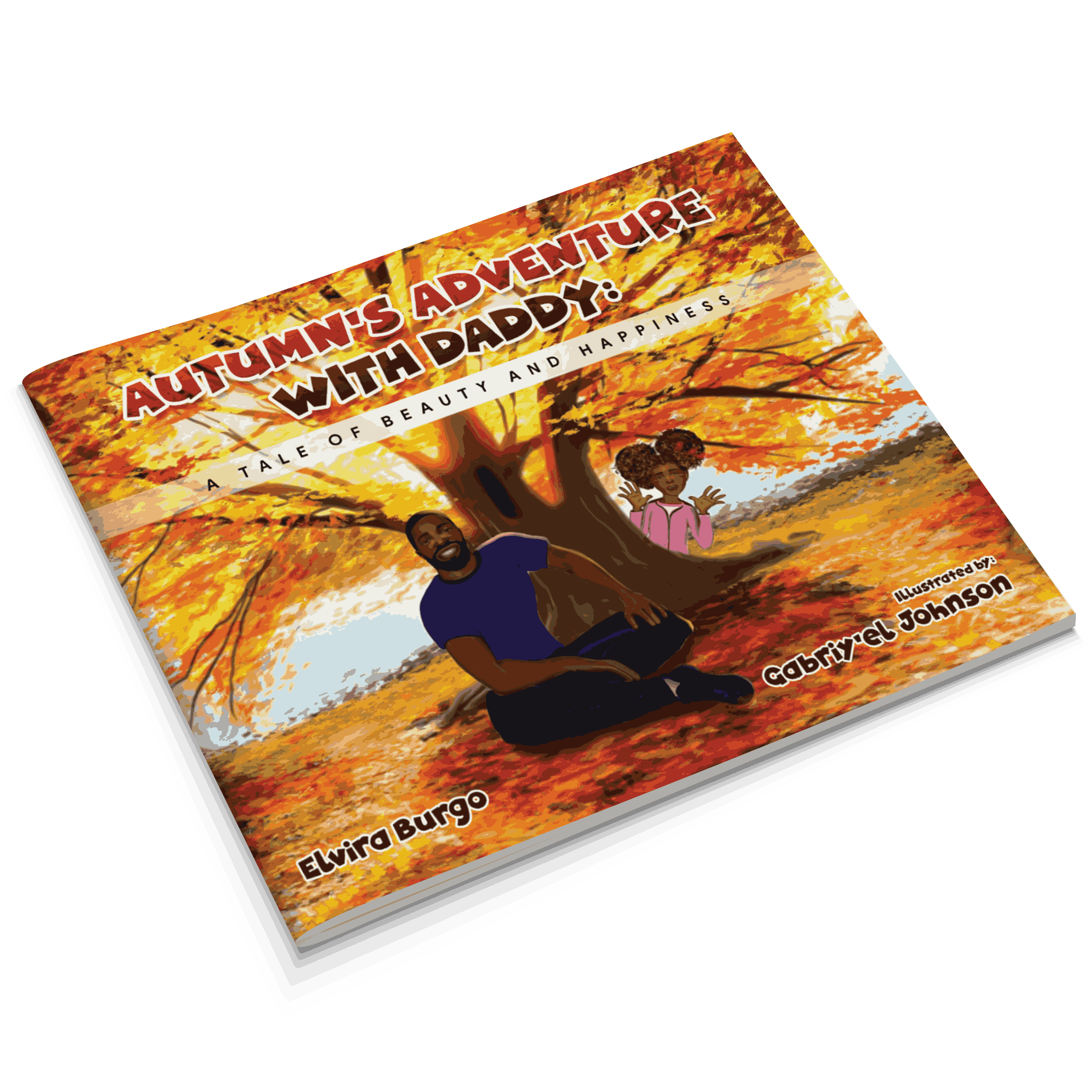The American Robin: 26 Amazing Facts
Basic Facts on the American Robin
-
The scientific name for the American Robin is Turdus migratorius.
-
Estimates indicate that the American Robin population is approximately 310 million.
-
The bird is often referred to as “a harbinger of spring,” making it a symbol of spring’s arrival. However, in many parts of the U.S. and Canada, the American Robin is present throughout the winter.
-
Not all migrate. Those that do travel up to 3,000 miles during their spring migration.
-
The American robin is the state bird of Connecticut, Michigan, and Wisconsin.
-
It’s large, measuring 8 to 10 inches long, with a wingspan of 12 to 16 inches.
Behavior
-
American Robins are known for their exceptional singing abilities. According to experts, they sound like they are singing, "Cheer up, cheer up, cheerily," and other variations of the song.
-
They have keen eyesight and can detect food underground from the vibrations of earthworms.
-
In the fall and winter, they mostly eat fruit. However, they enjoy insects and worms in the spring and summer.
-
They consume 14 feet of earthworms in one day!
Nesting and Reproduction
-
The male robin often brings materials for the nest, and the female does most of the nest building.
-
The female will incubate the eggs for approximately two weeks, while the male protects the territory and provides food to the female. The bird’s young will remain in the nest for another two weeks.
-
Robins reuse the same nest.
Life Span
14. Most robins die in their first year. Weather, predators, and food availability affect their mortality.
15. On average, American Robins live for two years in the wild. However, according to some studies, they have lived as long as 13 years and 11 months.
Habitat
16. They can be found in North America and parts of Central America.
17. American robins are commonly seen in gardens, woodlands, and grassy areas.
Fun Facts
18. They sometimes get drunk when they’ve only eaten honeysuckle berries.
19. The female lays sky-blue eggs, three to five at a time.
20. Although their chests are usually orange to orange-red, one subspecies in Mexico has a grayish-brown breast.
21. Even while robins may appear the same, each robin has a unique red breast pattern, and the female is slightly duller than the male.
22. Young robins have brown and lightly speckled breasts, not red.
23. To get an extra boost of calcium, females often eat the shells of their hatched chicks.
24. Dozens of different bird species include the name “robin” in their common name.
Conservation Status
25. The American robin is not an endangered species, as its population is numerous and increasing.
Differences from other birds
26. The American robin is larger in shape and brighter in color.
Conclusion
The melodic sounds of the American Robin made me so happy that I wanted to learn more about the bird. I gathered twenty-three facts, and one day, I stopped by a tree to see whether the birds singing were American Robins. Although the American Robin is fascinating, I don’t plan on becoming a birdwatcher anytime soon. However, I will write about nature in subsequent articles.
Thanks for reading!
Elvira
References

